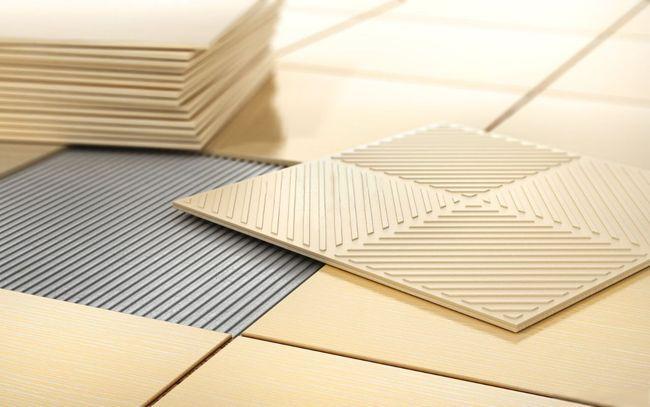Five Key Timings to Keep in Mind When Using Tile Adhesive
Release time:
2025-08-27
 When applying tile adhesive, mastering key timings is crucial for ensuring a high-quality bond and preventing hollowing or peeling. The following are five key timings to focus on:
When applying tile adhesive, mastering key timings is crucial for ensuring a high-quality bond and preventing hollowing or peeling. The following are five key timings to focus on:
1. The standing and curing time of the tile adhesive after stirring
Function: After stirring, it allows the cement, polymer and other components to fully swell, enhancing the bonding strength and workability.
Time requirement
Follow the product instructions. It usually takes 3 to 5 minutes (there may be differences among different brands, so strict compliance is required).
If the standing time is insufficient, the glue slurry is prone to stratification and has insufficient viscosity. If it exceeds the time limit, it may initially solidify, affecting its usage.
Note: After standing still, stir again (no need to add water) to ensure uniformity before construction.
2. "Open time" after the application of the adhesive paste
Function: It refers to the effective time during which the tile adhesive remains in a pastable state after being applied to the base layer (before initial setting).
Time requirement
Affected by environmental temperature and humidity, it usually takes 20 to 30 minutes at normal temperature (it may be shortened to 15 minutes in high-temperature and dry environments, and can be extended to 40 minutes in low-temperature and humid environments).
Glue that has exceeded its open time will lose its stickiness and must be removed and reapplied; otherwise, the tiles are prone to hollowing.
Note: During construction, the area to be applied should be adjusted according to the environment to avoid applying too much at one time, which may lead to overtime.
3. Adjustment time after tile laying
Function: A window period during which the position and flatness can be fine-tuned after the tiles are pasted.
Time requirement
It usually takes 10 to 15 minutes (quick-drying tile adhesive may be shortened to 5 minutes).
Beyond this time, the adhesive begins to solidify. Forcing adjustments can easily cause the tiles to separate from the adhesive layer, resulting in detachment in the later stage.
Note: After laying, immediately use a rubber mallet to gently tap and level it. If it is necessary to move the position, it should be completed within the adjustment time.
4. Curing and curing time after tiling is completed
Function: To allow the tile adhesive to fully hydrate and harden, forming sufficient strength.
Time requirement
Initial curing (can be lightly stepped on by people) : approximately 24 hours (at room temperature).
Complete curing (subsequent processes such as joint filling can be carried out) : more than 7 days (extended to 10 to 14 days in low-temperature environments).
Before complete curing, avoid heavy pressure, vibration or soaking in water, otherwise it is easy to cause the tiles to shift and become hollow.
Note: In low-temperature environments, insulation measures (such as covering with film) should be taken to prevent freeze-thaw cycles from affecting curing. In high-temperature and dry environments, it is appropriate to spray water for moisture retention (but water should not accumulate before the adhesive slurry begins to set).
5. The interval time for joint filling construction
Function: Ensure that the tile adhesive cures to sufficient strength to prevent the tiles from being disturbed during grouting.
Time requirement
It must be carried out after the tiles have been laid and fully cured, usually 7 days later (synchronized with the complete curing time of the tile adhesive).
If the grouting is done in advance and the tile adhesive has not hardened, the grouting pressure may cause the tiles to shift. Moreover, the moisture between the tiles and the adhesive layer cannot evaporate, which can easily lead to moisture return and alkali efflorescence.
Before filling the grout, it is necessary to clean the dust and debris in the gaps between the tiles to ensure that the grout is fully combined with the tiles and the adhesive layer.
Summary
These five time points are interlinked, with the core being to follow the "curing rules" and "construction window period" of tile adhesive. The time parameters of tile adhesives of different brands and types (such as ordinary type, quick-drying type, and anti-slip type) may vary. Before construction, it is essential to carefully read the product manual and flexibly adjust it in accordance with environmental conditions to ensure the firmness and durability of tile adhesion.
Related News
2025-10-01
2025-09-18



